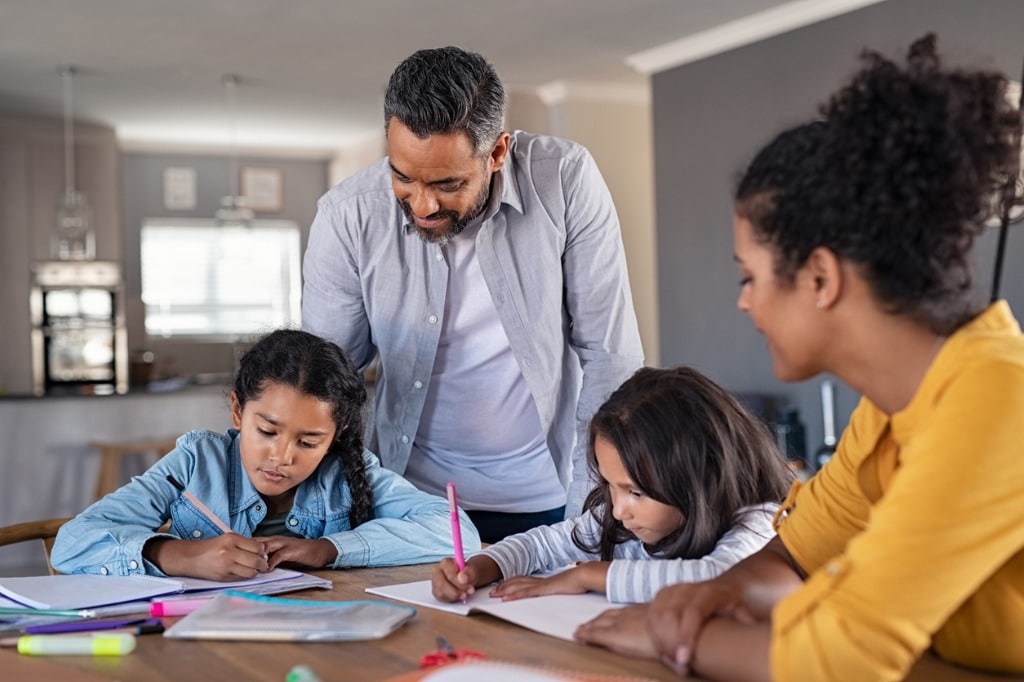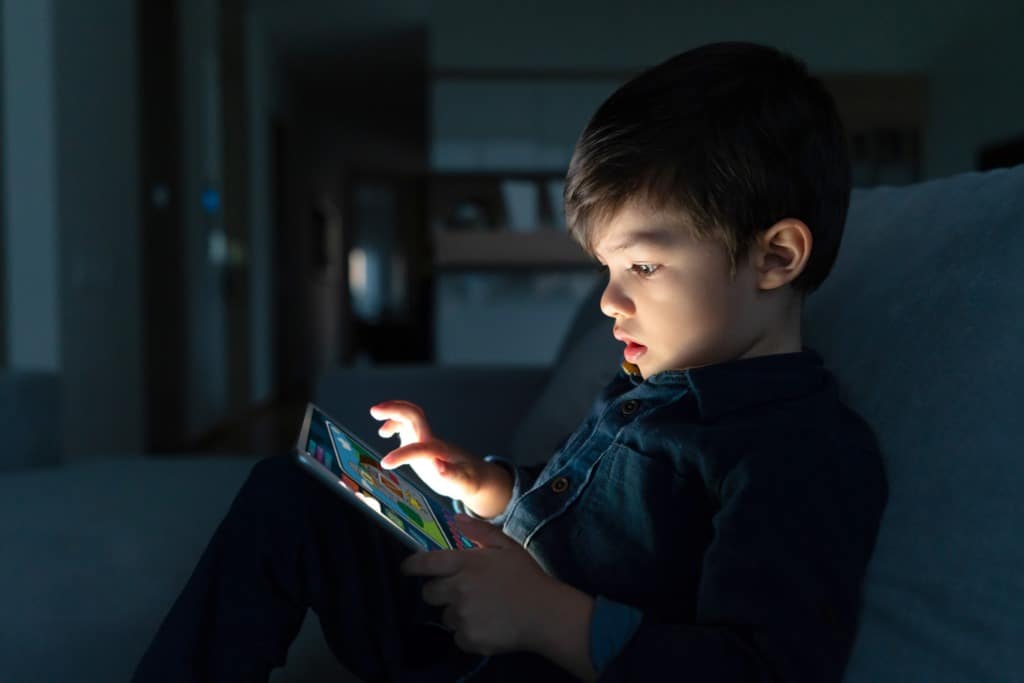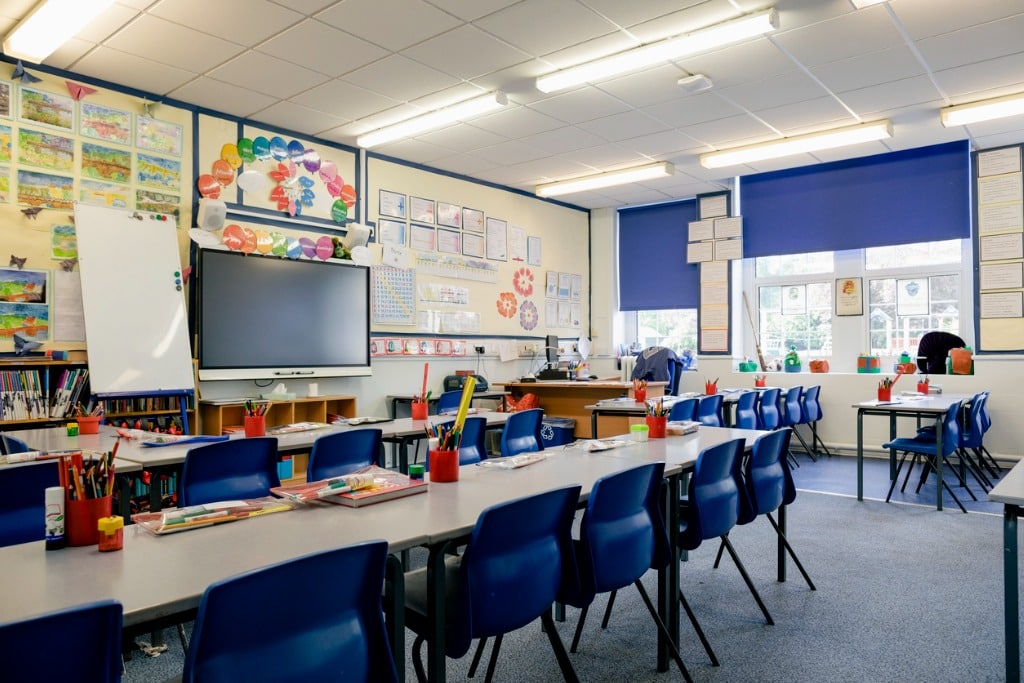2021 was quite a year. We learned a lot about the public education system and people’s feelings about the education system, both of which have room for improvement.
It’s easy to point to obvious problems and make ambitious, far-reaching (and often expensive) suggestions that don’t have much hope of implementation. However, we’d rather focus on the most pervasive issues that we actually have the power to change in small ways, creating a better learning environment for students.
The Usual Suspects
Certain critical issues recur from year to year, and the most pressing of those are summarized here, along with potential solutions to work around them when available. In simple terms, most of the recurring critical issues in education come down to money, or more specifically, there not being enough of it to go around.
Classroom Sizes
Budget cuts result in less money for staffing and larger classroom sizes. While educators are aware that one of the most significant factors impacting both the short- and long-term benefits that translate to student academic success is class size, this doesn’t change the fact that educators still have to work within the budgets set by the school.
Smaller classes allow for more individual attention and opportunities to clarify knowledge gaps, but there are strategies to make certain knowledge gaps are effectively addressed in larger classes.
- Check in with the students periodically to collect any questions they may have and make sure to correct any misunderstandings.
- Connect with individual students so they have the feeling of getting more personal attention. This can be as simple as greeting each student at the door to the classroom with a high-five or a wave.
- If an individual student needs more assistance than you can provide, consult with their parents to recommend outside resources that may be available to them.
 Family Factors
Family Factors
As every teacher knows, students aren’t issued out as standard model child robots; they’re all individuals that come from different families and are experiencing successes and struggles within that context. Expecting people to “leave their home life at the door” and focus only on the task in front of them is an unreasonable request for anyone, especially for children. The upside is students have families who are just as invested in the child’s success as you are:
- Communicate any issues to parents and get them on board as much and as quickly as possible to collaborate with them on the best solution for their child.
- Overly involved parents need kind assurances that their child is doing well. What may seem like distrust is often just concern for the future wellbeing of their child and reinforcing their child’s successes. Sometimes you simply have to remind them that you are both working toward the same goal.
- Uninvolved parents can be uninvolved for many reasons, and the big one is that they’re often overworked and don’t have the time necessary to be fully involved in their child’s academic life. Keep uninvolved parents informed about their child’s progress and continue to update them and inform them as much as possible. Many parents are busy, and consistent and helpful updates from their child’s teacher can provide them valuable peace of mind.
- Be aware of potential issues in your students’ home lives that may require more serious intervention. If you learn of any such issues, you should talk with an administrator immediately, so they can address the problem.
Poverty
Poverty in public school districts has a ripple effect that influences student and parental behaviors, which results in reduced funding for schools and can also cause issues like food and housing insecurity.
- Ensure your school has information available to parents about government programs that offer assistance to struggling families. This information can be linked to on the school’s website. Flyers can also be available in locations where parents will see them and take copies without pressure.
- Consider working with others in your school to determine whether there’s an option for your school to request additional funding through grants and other awards.
- Consider working with other schools in your district to collaborate on a large fundraising initiative that will benefit the entire district and help provide quality education across multiple schools.
Are you Enjoying this Content?
New Challenges In 2022
Prioritizing Social and Emotional Learning
Most of the work given last year was independent work due to students sitting apart from each other or participating in remote learning. Young learners have lost more than a year of “normal” social interaction—with the added stress of living through an ongoing global pandemic.
Students going back to in-person learning in 2022 may be struggling with the state of the world or dealing with the loss of loved ones. This means the strategies that comprise social and emotional learning will be even more critical to helping students establish a feeling of normalcy and security in their worlds.
How to Prioritize Social and Emotional Learning
Build community in the classroom. While the online communities built through remote learning over the past year have helped students socialize with their peers to some extent, there’s no comparison to the benefits of in-person community-building (with proper safety precautions in place). With appropriate safety precautions and practices, we can move closer to a world that looks more normal and start working on reestablishing that community.
Teach mindfulness and emotional regulation. Learning to identify and healthily process emotions is an important life skill for anyone to develop. It will be especially important for students heading back to classrooms to spend extra time on these skills.
Many children will have spent the past year isolated with their immediate family. They will bring all of the habits they learned in that environment—beneficial and detrimental—with them into the classroom. This is a great place to start by reinforcing beneficial strategies and replacing detrimental ones so we can all learn how to do better going forward.
 Technology Dependence
Technology Dependence
Today’s students are more dependent on technology than any previous generation, especially after a year of parents and teachers pivoting to remote learning due to the pandemic. Even elementary schoolers often have their own smartphones and laptops, and this technology is necessary for them to complete their schoolwork and stay engaged socially.
The omnipresence of technology, while in some ways more efficient (think of how much easier it is to collaborate with peers in a Google Doc versus having to physically meet up and merge multiple documents to do a final project), makes it difficult for children to disconnect.
If your school and your entertainment, your work and your play, are all in the same place, it’s harder to pay attention to one or the other entirely. We have a genuine opportunity to help students learn strategies for navigating this “always-on” mindset demanded by current technologies in a way that will benefit them throughout their lives.
How to Prepare Students to Avoid Technology Dependence
Social and emotional learning teaches several mindfulness and emotional regulation strategies that can help students avoid becoming too invested in things happening online, on social media and in group texts with friends.
Teach students how to disconnect: this is easier with younger students since their experiences with technology are still new and not thoroughly ingrained habits like we see more in teenagers. Grade schoolers are more likely to agree to try things like an “analog weekend” where they only use technology for homework or emergencies and engage in activities like reading books, spending time with family and friends and going outside.
Teach students how to curate their online experiences: make sure students know that it’s okay to look out for their mental health online. If they’re being bullied online, they need to tell an adult so that it can be stopped. If they see a video that makes them upset, they need to close the video, and they can block the account that posted it to keep from seeing more videos like that.
Make sure you tell students early and often that if they’re upset about something they see online, they can always talk to an adult about it. They always have the power to stop online interactions that they don’t like by telling an adult and blocking the person or account that they don’t want to have more interactions with. They are never obligated to stay in a situation that makes them upset or uncomfortable, even if it’s “just online.”
Supporting Mental Health and Wellness
Kids have been through a lot in the past couple of years and, as students return to classrooms, they’ll be bringing those experiences with them. In 2022, we’ll be trying to address the mental health and wellness challenges becoming apparent in young learners, especially intense emotions like grief. These emotions are being experienced simultaneously by entire cohorts rather than on a more individualized basis.
How to Prepare for Supporting Mental Health and Wellness
Teachers don’t have to be trained mental health experts to support their student’s mental health and wellness needs. Everyone benefits when teachers practice simple well-being strategies with their students:
- When students feel overwhelmed, remind them to take three deep breaths and consider what they want to say before speaking.
- For more severe emotions, have students practice “color breathing.” Ask them to think of a color that represents the negative emotion they feel (like red for anger or grey for sadness) and then think of another color that calms them (like their favorite color). Ask them to visualize themselves breathing in their “calm color” while breathing out the negative color until they feel recentered.
- Play a nature video in class to help your students wind down at the end of the day or give them a mindfulness break.
- Encourage students to practice mindfulness activities when they become overwhelmed, like identifying things they see around the room to recenter themselves in their bodies.
- Schools have counselors for a reason. Utilize them! If your students are having a difficult time, have them speak with your school counselor for guidance and emotional support.
Mental Health and Wellness for Teachers
One of the best ways for teachers to support their students’ mental health and wellness is to support their own mental health and wellness. You are the captain of your classroom ship, and a good ship needs a good captain. Remember that the way you model your own mental health and wellness practices will affect how your students react in their own lives:
- Get up and move your body to pump blood to your brain and give yourself a short mental wellness break.
- Model self-compassion.
- Set reasonable expectations for yourself and others.
- Set aside time to take care of yourself, even if it’s just a calming cup of tea after class or a warm bath and a good book over the weekend.
Unexpected Challenges
If there’s one thing we all (hopefully) learned in 2020 and 2021, it was to expect the unexpected. Moving into 2022, it feels like anything could happen, and we need to be mentally prepared to pivot our focus, address future challenges and prioritize the health, wellbeing, and success of young learners.
Teachers have a lot of challenging issues to look forward to managing in the coming calendar year. This will come as no surprise to experienced teachers since addressing challenging issues has always been part of the job, but this could be very overwhelming for new teachers. As long as we all work together and support each other, we will conquer any challenges the world may throw our way!






